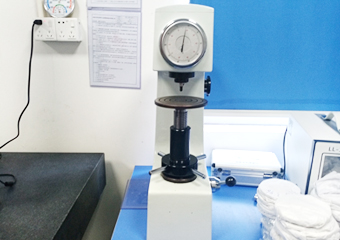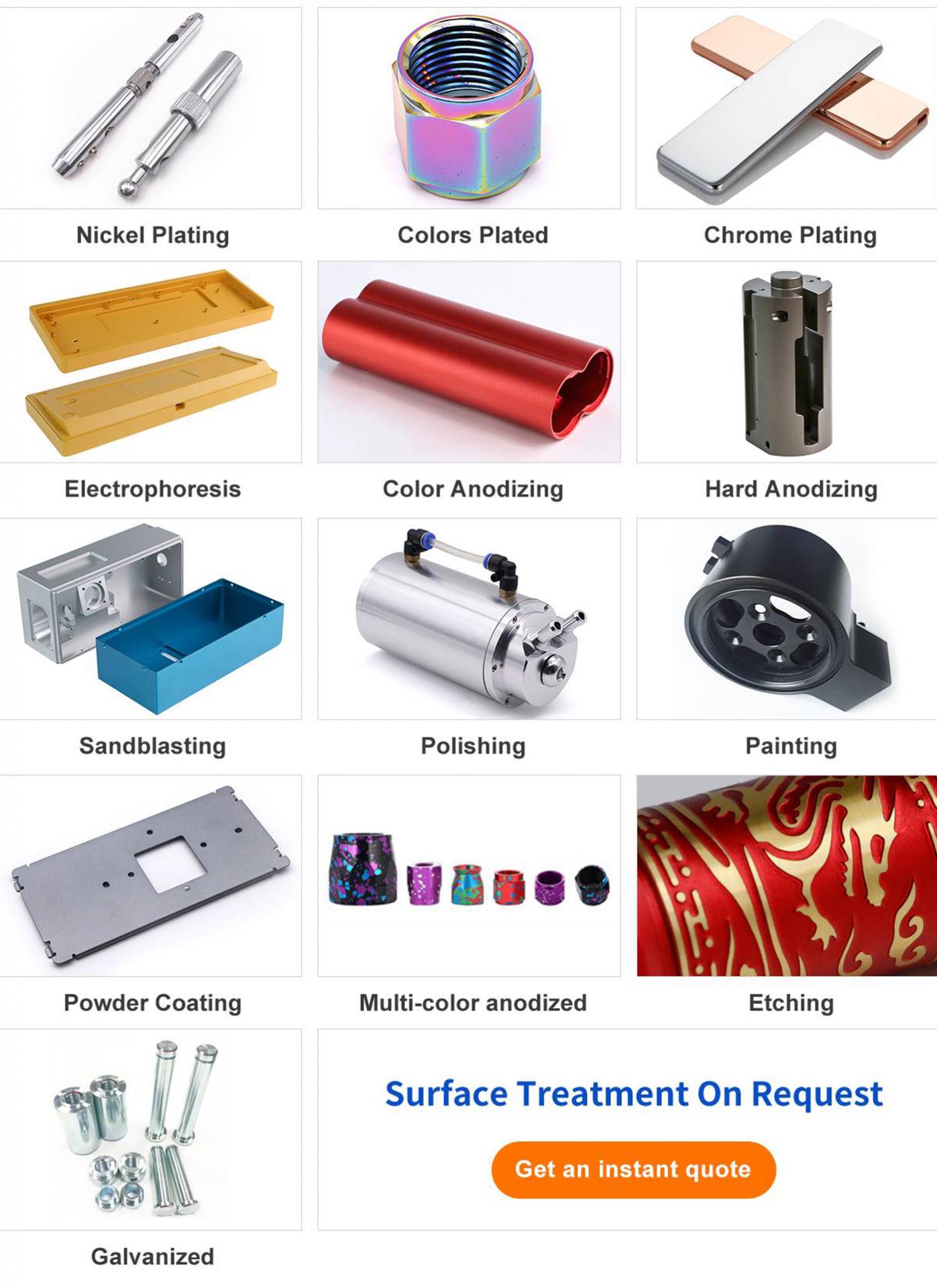15 years one-stop China custom CNC machining parts factory

Hey there I’m VMT Sam!
With 25 years of CNC machining experience we are committed to helping clients overcome 10000 complex part-processing challenges all to contribute to a better life through intelligent manufacturing. Contact us now
 269 |
Published by VMT at Oct 24 2023
269 |
Published by VMT at Oct 24 2023
In the world of CNC machining, precision and durability are critical, especially when it comes to aluminum parts. Aluminum's lightweight properties and excellent machinability make it a popular material in various industries including aerospace, automotive, electronics, and more. However, to ensure that your aluminum CNC machined parts meet the highest quality and service life standards, attention needs to be paid to surface hardness and wear analysis. In this article, we will explore the complexities of surface hardness testing and wear analysis of aluminum CNC parts, providing clues to achieving superior quality during manufacturing.
Importance of Surface Hardness Testing:
Surface hardness is a key factor in determining the ability of aluminum parts to resist wear, impact and other environmental factors. Proper testing can provide valuable insights into the integrity and longevity of materials. There are several ways to measure surface hardness, the most common being Rockwell, Brinell and Vickers hardness tests. These tests evaluate a material's ability to withstand indentation or penetration.

Surface hardness is a key characteristic of CNC machined parts as it directly affects wear resistance and overall durability. Several methods can be used to evaluate the surface hardness of aluminum parts:
Rockwell Hardness Test: The Rockwell hardness test uses a conical or spherical indenter that penetrates the material to its depth. It provides a numerical value that represents the hardness of the material. For aluminum CNC parts, Rockwell B or C scales are typically used.
Brinell Hardness Test: The Brinell hardness test uses a hardened steel ball to create an indentation. In a Brinell hardness test, a spherical indenter is pressed into the material surface and the diameter of the resulting indentation is measured. The larger the indentation, the softer the material.
Vickers Hardness Test: The Vickers hardness test involves a pyramid-shaped diamond indenter and is particularly useful for softer materials such as aluminum. It provides precise hardness measurement.
Microhardness testing: This method focuses on small localized areas of the surface and is particularly useful for evaluating the hardness of thin aluminum coatings or small features on CNC parts.
Surface hardness testing allows manufacturers to ensure aluminum CNC parts meet required hardness specifications. Depending on the application, different hardness values can be targeted, and the machining process or material selection can be adjusted to achieve the desired hardness.
Why Surface Hardness is Important:
Wear Resistance: CNC machined parts are often subjected to harsh working conditions. Whether it's a car engine or an aerospace component, wear and tear can cause parts to age over time. Aluminum with the right surface hardness will exhibit excellent wear resistance, extending the life of the component.
Improved performance: Parts with the right surface hardness not only last longer, they also perform better. They maintain structural integrity, ensuring consistent and reliable operation in a variety of applications.
Cost savings: By investing in aluminum components with optimal surface hardness, you can reduce the need for frequent replacement and maintenance. This can result in significant cost savings in the long run.
Wear analysis:
Wear analysis is closely related to surface hardness testing. It helps you understand how and why wear occurs, which is critical for developing strategies to mitigate it. Wear and tear can show up in a number of ways:
Abrasive wear: This occurs when hard particles or surfaces come into contact with aluminum parts. Minimizing abrasive wear involves selecting high-hardness materials and applying wear-resistant coatings or treatments.
Adhesive wear: Adhesive wear is caused by the transfer of material between surfaces in relative motion. Proper lubrication and the use of self-lubricating materials can help reduce adhesive wear.
Corrosive Wear: In corrosive environments, chemical reactions between aluminum and its surroundings cause wear. This type of wear can be prevented by using corrosion-resistant alloys or coatings.
Conducting wear analysis involves a combination of laboratory testing and real-world simulations to replicate the conditions that CNC machined parts will face during their service life. By evaluating wear patterns, manufacturers can make informed decisions on material selection, coatings and maintenance procedures to extend the life of parts.
Advanced solutions:
In the world of CNC machining, solutions for optimizing surface hardness and wear resistance are constantly evolving. Some advanced technologies include:
Surface treatments: Various surface treatments, such as anodizing, nitriding, or coatings such as Teflon or ceramic, can significantly increase the surface hardness of aluminum parts.

Material Selection: Selecting an aluminum alloy with inherent hardness properties that meet your requirements is a proactive approach to achieving the desired surface hardness.

Precision machining: Utilizing high-precision CNC machining processes can produce parts with consistent surface hardness, reducing the risk of weak points prone to wear.
Heat treatment: Heat treatment processes, such as solution heat treatment or aging, can change the microstructure of the material and improve hardness and wear resistance.
In summary, understanding surface hardness testing and wear analysis is critical in the world of CNC machining. By harnessing the power of these technologies and considering advanced solutions, you can take the performance and durability of your aluminum CNC machined parts to the next level. It's not just about creating components; it's about crafting lasting solutions that stand the test of time.
Summarize
In the competitive landscape of CNC machining, the ability to deliver high-quality aluminum CNC parts that stand the test of time is a valuable asset. Surface hardness testing and wear analysis are indispensable tools to achieve this goal. By implementing these technologies, manufacturers can fine-tune their processes, enhance material selection, and ultimately provide customers with aluminum CNC parts that offer superior performance, durability, and longevity.
Investing in the evaluation and optimization of surface hardness and wear characteristics is more than just manufacturing best practice; it’s a commitment to excellence. In a world where precision is critical, these insights enable manufacturers to deliver products that exceed expectations and leave their mark on the world of CNC machining.
Ready To Start Your Next Project?
Get Instant Quote

Request a Free Quote
Send us a message if you have any questions or request a quote. We will get back to you ASAP!